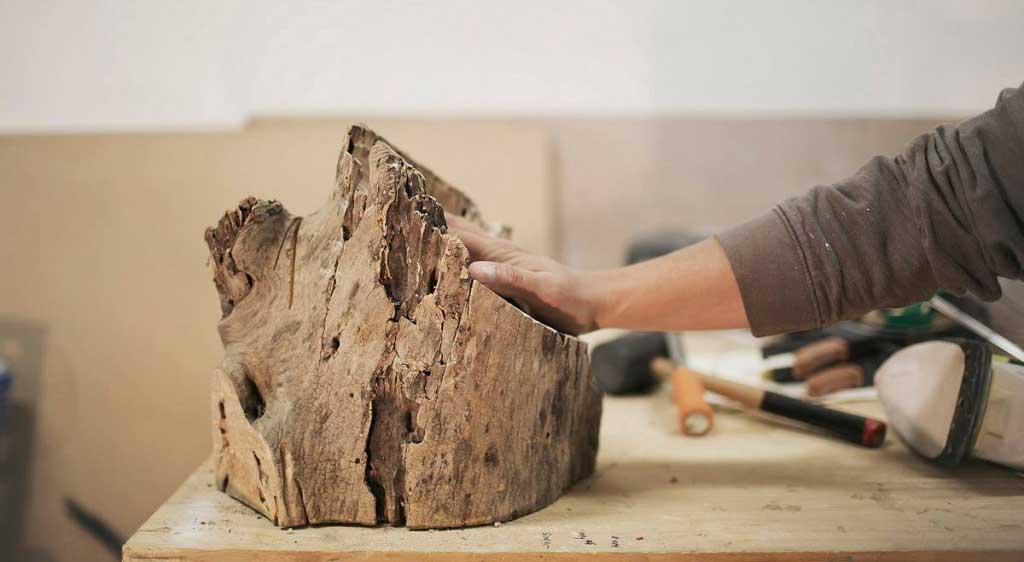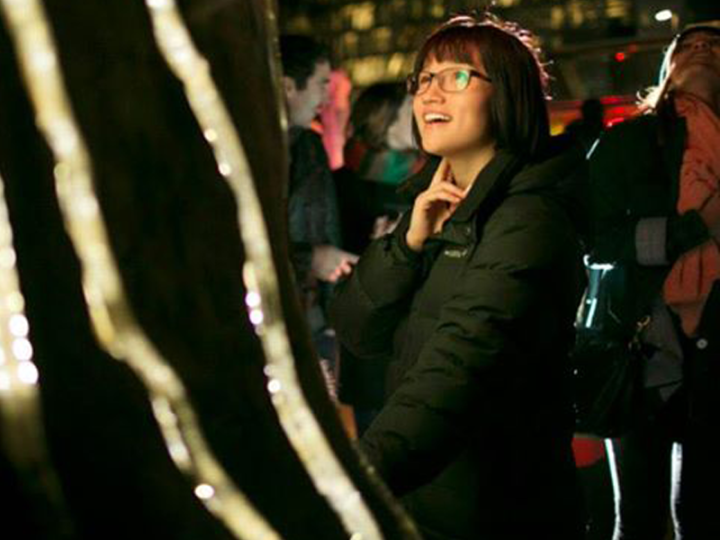How to develop the best user experience

New expertise
User experience or UX has become such a buzzword, yet it remains somewhat ambiguous and dauntingly boring. After hearing it, you would instantly think of heat maps, wireframes, and user studies. Maybe even reminiscent of learnings in school at the height of the hippie movement.
And yet, today, it’s constantly being picked up by technology websites, slowly creeping its way into every project brief, even creating a whole new field of expertise. One of its widest applications in the past few years has been in the online market. But with all the buzz and interpretations, the true meaning of UX has been lost.
So, let’s start from scratch! Forget everything you know or think you know about UX. We’ll work from the base, define what UX actually is sans-hype , then figure out how it can benefit you and your business.

UX in it’s raw form is the subjective experience of the user.
It is not limited to usability, but it encompasses usability. It is not just about design, but encompasses design. It is not just about pretty effects, but it encompasses pretty effects. You get the picture?
UX is a broadsheet term for making an unforgettable user experience with your product or brand. It's simple, and now you know what it’s meant to do. So now that we’re learned scholars, let’s start incorporating UX design into our lives!
To make implementing UX easier to understand, I've sliced it into two pieces:
- The bare essentials: Meeting customer’s exact needs and client’s objectives.
- The final frontier: Enhancing the product to legendary status.
The bare essentials

The core of UX is to get inside your user’s head, thereafter shaping and designing the product utilising various tools.
1. Defining your objective: Work together with your client to define what the project is trying to accomplish.
2. Plan out user stories: Mapping out the user narratives -the manner they will interact with your product including context and thought processes. It dictates the flow a user will be following during the interaction with your product.
3. Wireframe your user interface: Plan and revise your wireframes carefully at the start of a project to reap the benefits of having a clearer direction while designing and developing.
Easy, right? If you take the time to work on your bare essentials at the inception of your project, it saves you a lot of time down the track, leading to satisfied users and ecstatic clients.
The final frontier

The final frontier is not something that many people achieve. It’s a more involved and evolved process of UX optimisation which changes your product from being easy to use, to being something you need to use. It involves fine tuning all of the components under the UX umbrella to create a product that users love. Don’t let all this daunt you though, it’s something that is achievable.
There are seven key things you want to address when strategising your project:
1. Information architecture: This is the structural design of the project. Work out the right technology you need to execute the project, keep in mind what users you will be excluding by choosing a particular one.
2. Design style: With a focus on consistency, develop a design style infused with the client brand, so that the product is a natural extension of the brand. It’s a great starting point to study existing trends but arguably more important to be unique.
3. Functionality: The core functionality has to be spotless in order for all your other invested work to flourish. Make sure to resolve functionality issues before the end user discovers them.
4. Usability: Ask yourself, what actions would your end user take and is your product catering towards it?
5. Typography: The choice of typography should be consistent with the brand and target demographic. It ties in closely with design style and usability.
6. User interface: Your end user should easily understand the UI and achieve their objectives. The positioning of elements should all be decided during the wireframe stage.
7. Interaction design: Hover states, animations. Anything the user interacts with needs to be planned for maximum convenience.


Adobe Heart Tree
Creative technology brings a centuries-old tree to life.
There are a few more tools and ideals you can start incorporating into your projects today which will get you on the right track to easily amazing UX throughout your products:
Prototyping: You should always try to take a prototypal approach to development. You’ll be able to implement wireframes and see if your user stories are address and make sense. Prototyping is also great for drafting interface animations.
Testing: Test the product on all the targeted platforms to mitigate errors. Getting people who aren’t involved with the project to try the project out. If it’s not straightforward enough for some of your family or friends to use, chances are changes should be made. Fresh opinions make a big impact.
Question yourself: Throughout the design process, there needs to be an explanation for each aspect of the project, supported by the appropriate technology. Why is this here, or there?
Agile working: The agile life cycle lends itself well to ingraining UX into everything you do. By splitting your project up into small modules you now have easily attainable UX targets to reach. As each module is being developed, there are weekly reviews of prototypes and designs. This is useful for testing new features if you don’t have an outside audience to test with.
There are plenty of tools available to us today which will improve UX across your portfolio. You might have noticed that a lot of them are organisational – that’s because UX isn’t something you tack onto a project, it’s something that needs to be considered every step of the way, even if its a one minute passing thought on why that menu button should be in the top left.
Having users’ expectations constantly in mind and great user experience set as a goal will help you in decision making. If you think the final frontier is unreachable, take each key sub-category and tackle them one at a time until you get a decent grasp on them and once you do you’ll be an unstoppable UX designer.
I hope you can now see what UX really is, and the unnecessary need to hire a UX consultant for 95% of the things you work on if you think about it thoroughly from the start. The worries of refactoring applications when your client wants to knuckle down on UX will be gone. Encourage your whole team to adopt this mentality, your clients and users will thank you later.







